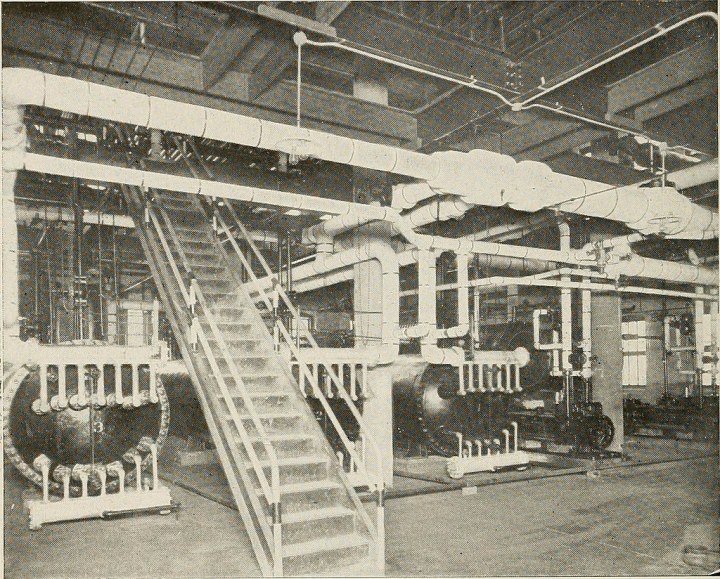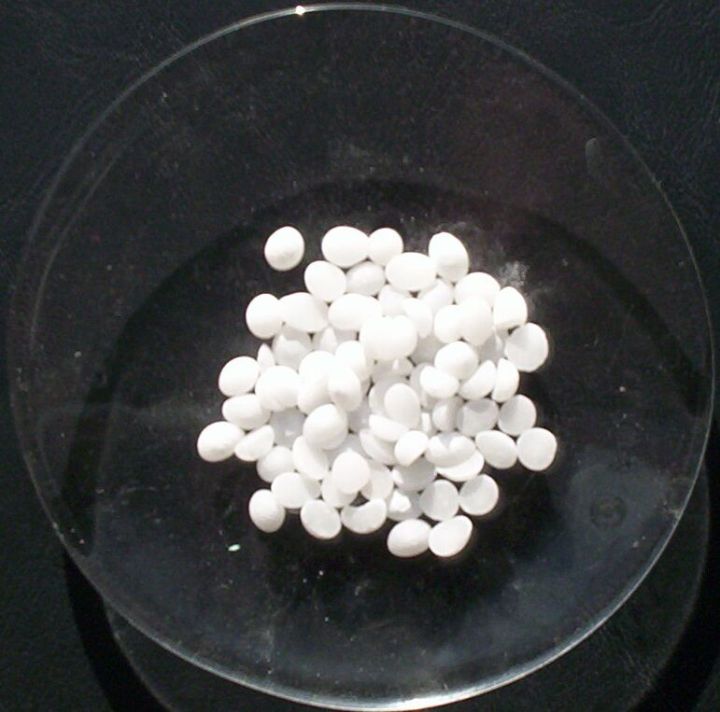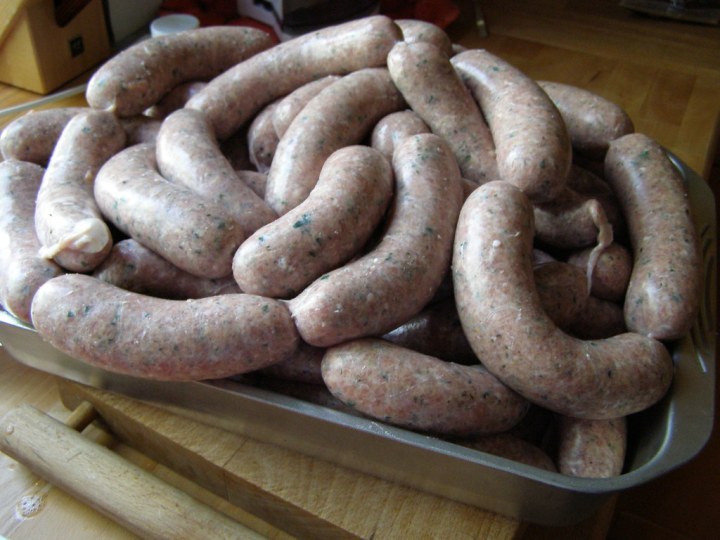The Tale Of Illinois' 1897 Sausage Vat Murder Is Too Strange To Make Up
Some of the most heinous crimes to take place in America happened before 1900, such as this historic serial killer’s deeds. One little-known tale is that of the sausage vat murder of 1897 that is creepier than a Sondheim musical. Scroll on for this true crime story.

His first wife died in childbirth, and his business was in taverns prior to running the sausage plant.

Advertisement

Advertisement


Once it became clear that her husband was responsible, police drained a sausage vat in his factory where they found human bones and two rings that had belonged to Louisa, one of which was her wedding ring. It is believed that Luetgert used caustic potash, or potassium hydroxide, to dissolve the body.

His life sentence lasted less than a year as the sausage vat murderer died in 1900, likely from heart conditions.

If you’ve ever heard of this sausage vat murder, share your part of the narrative below.
OnlyInYourState may earn compensation through affiliate links in this article. As an Amazon Associate, we earn from qualifying purchases.
Featured Addresses
Chicago, IL, USA



